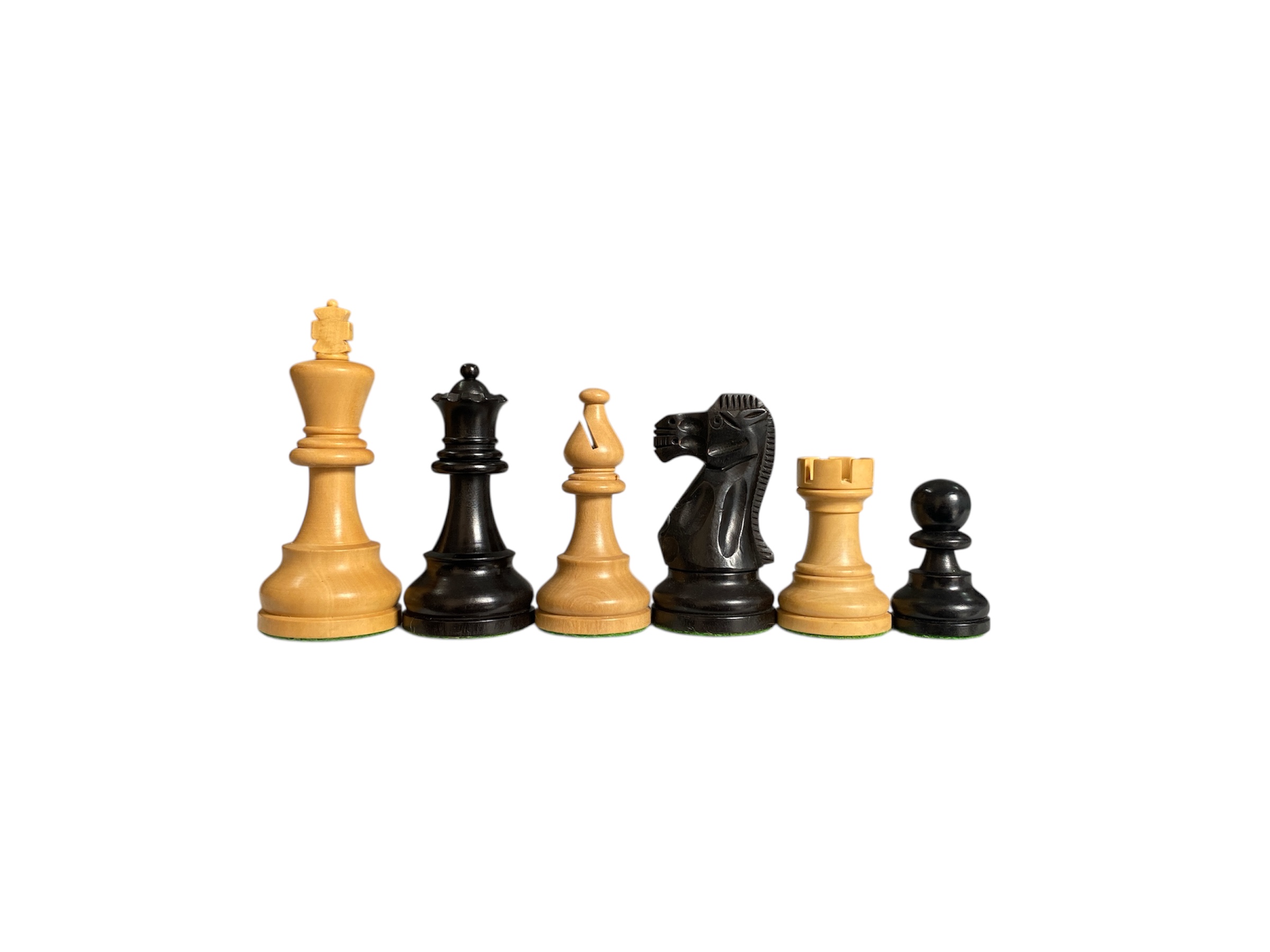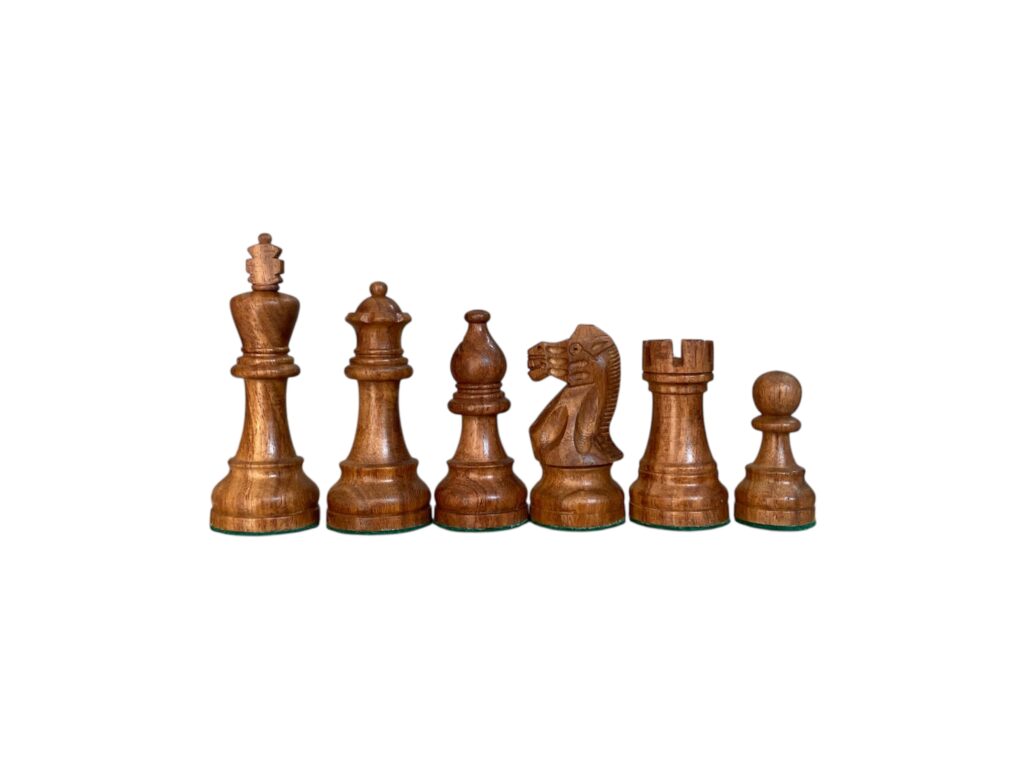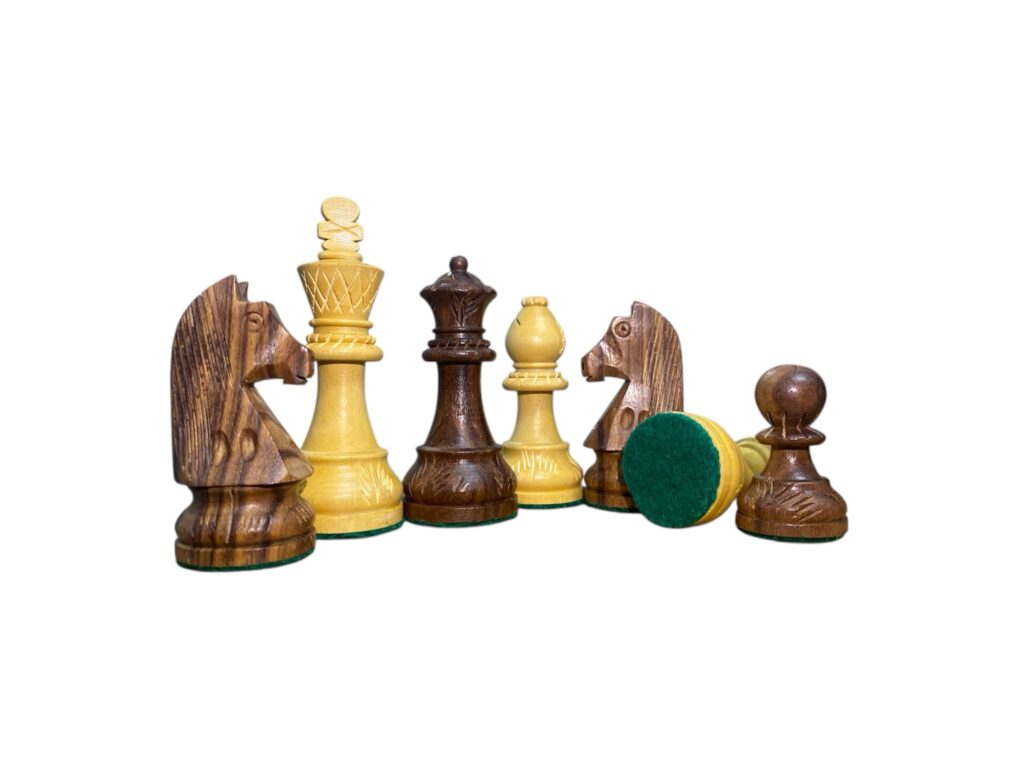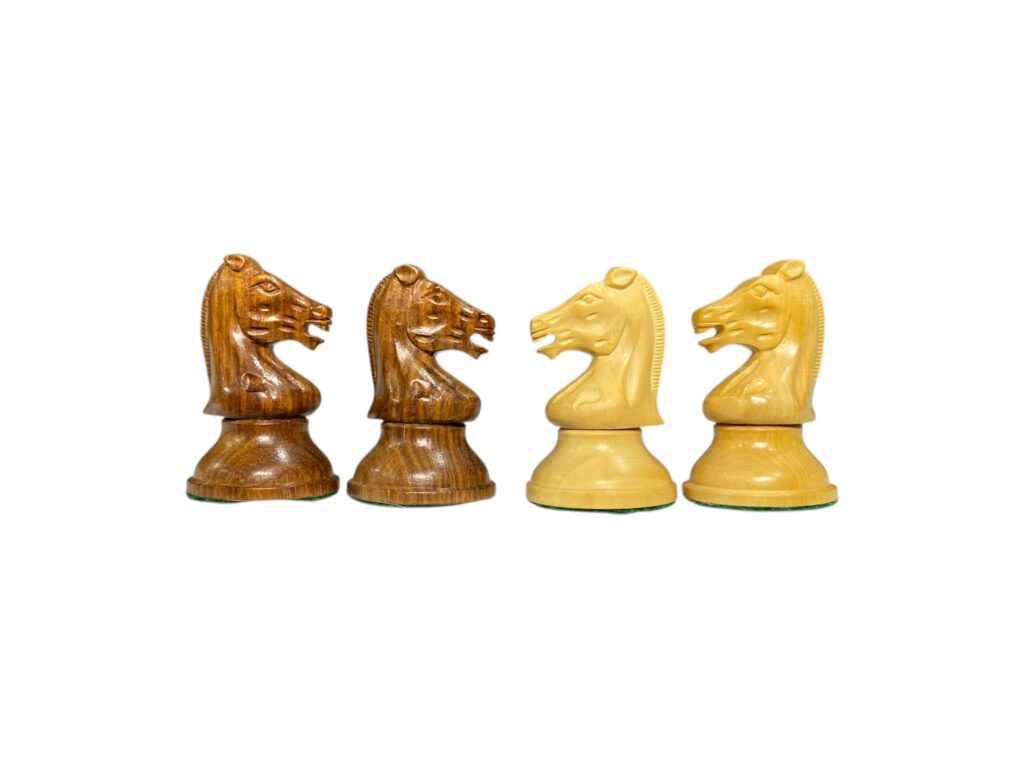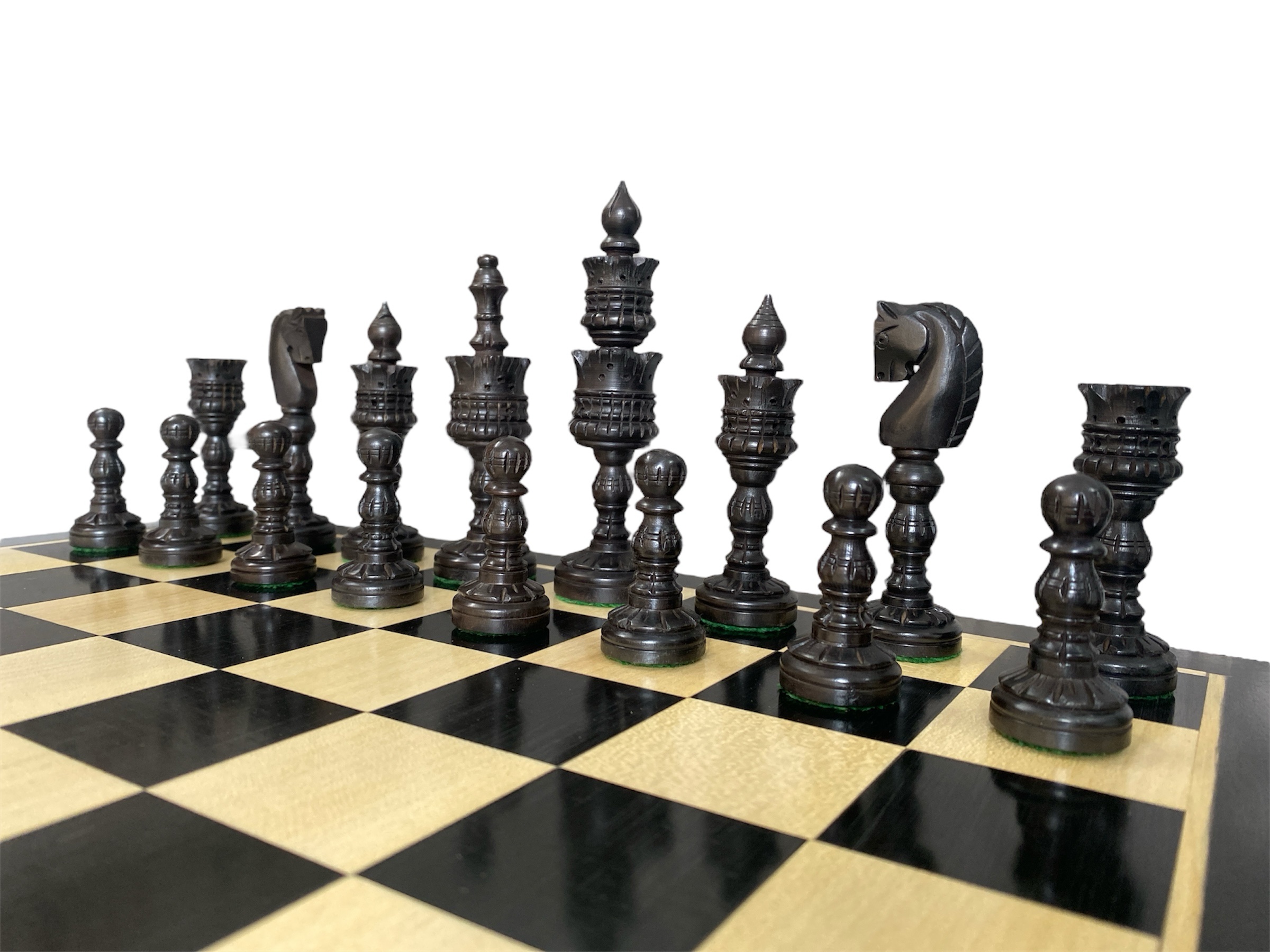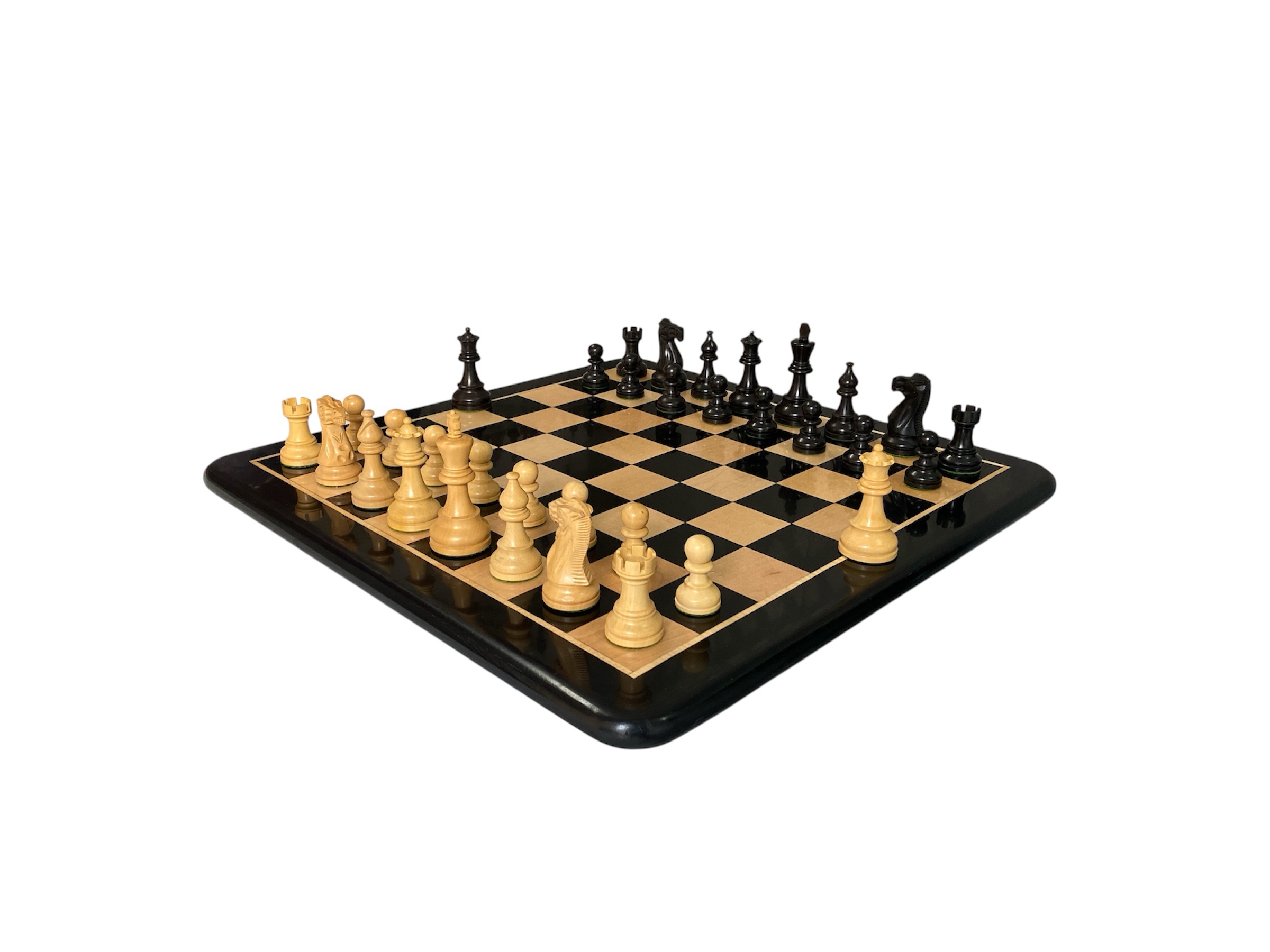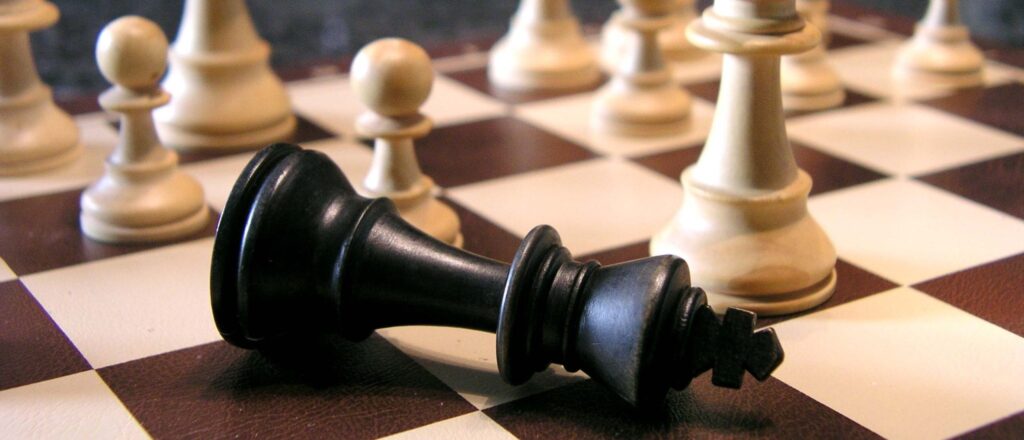Master the Italian Game: A Guide to Winning with Italian Chess Techniques
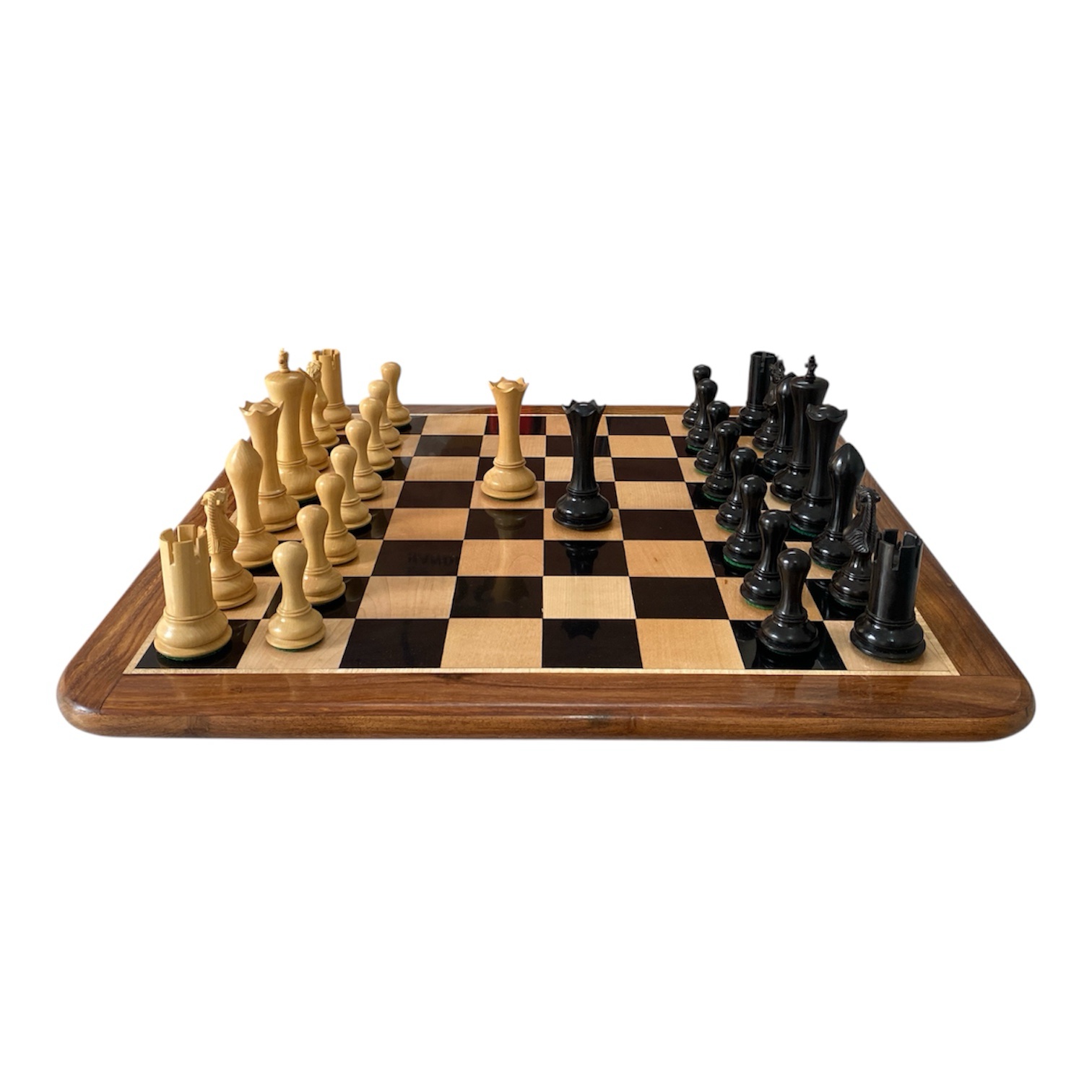
Step onto the battlefield of the 64 squares, and you’ll find few openings as timeless, elegant, and effective as the Italian Game. Known in its homeland as the Giuoco Piano, or “Quiet Game,” this opening is anything but simple. It is a classic that has stood the test of time, a strategic masterpiece favored by players from beginners to Grandmasters. Whether you’re just starting your chess journey or looking to refine your game, understanding the Italian Game is a critical step towards victory.
This blog post is your comprehensive guide to the Italian Game, exploring its fundamental principles, key variations, and advanced winning techniques. We’ll delve into the core ideas that make this opening so powerful and show you how to dominate your opponents, all while showcasing the beauty of the game on a truly exquisite set. Imagine the satisfying weight of your 2.25” staunton rosewood magnetic chess pieces as you make each strategic move on a stunning golden rosewood chess board. The rich grain of the wood, the perfect balance of each piece, and the satisfying “click” of the magnets—this isn’t just a game; it’s an experience.
The Foundation: Basic Principles of the Italian Game
The Italian Game is defined by the following moves:
- e4 e5
- Nf3 Nc6
- Bc4
This sequence of moves is a masterclass in classical opening principles. Let’s break down what’s happening:
- Central Control: Both sides immediately stake their claim in the center with 1. e4 and 1…e5, the most common and powerful way to begin a chess game.
- Rapid Development: White develops the knight to f3, attacking the e5 pawn and preparing to castle. Black responds with Nc6, defending their pawn.
- The Bishop’s Pressure: The defining move, 3. Bc4, is the most important. White’s light-squared bishop immediately develops to an active square, targeting the f7 pawn—the weakest point in Black’s initial position, protected only by the king.
The beauty of this opening lies in its straightforward nature. There are no hidden tricks or obscure lines for beginners to memorize. Instead, the focus is on sound development, king safety (by castling), and central control. It’s a fantastic opening for players who want to learn the fundamental art of chess strategy without getting bogged down in complex theory.
Variations: From Quiet to Aggressive
While the core principles remain the same, the Italian Game can branch out into several distinct and fascinating variations. The one you choose will often depend on your personal style.
- The Giuoco Piano (The “Quiet Game”): After the initial moves, the Giuoco Piano continues with 3… Bc5. This symmetrical response leads to a more positional and strategic battle. White’s common plan is to play 4. c3, preparing to build a strong center with a later d4 pawn push. This variation is about slow, deliberate development and maneuvering, making it ideal for players who prefer a war of attrition over a tactical skirmish.
- The Giuoco Pianissimo (The “Very Quiet Game”): This is an even more restrained approach, often beginning with 3… Nf6. White responds with 4. d3, mirroring Black’s defensive setup. Both sides focus on creating a solid, flexible pawn structure, avoiding early complications. This is the modern revival of the Italian Game, favored by many top-level players for its long-term strategic potential.
- The Evans Gambit: For the more adventurous player, the Evans Gambit is a thrilling detour. After 3… Bc5, White plays the audacious 4. b4! White sacrifices a pawn on the queenside to open lines for a swift kingside attack. This gambit leads to sharp, tactical positions where initiative and piece activity are paramount. Black’s choice to accept or decline the gambit dictates the course of the game, leading to a dynamic and unpredictable fight. Intermediate Techniques: Mastering the Middlegame
Once you have a solid grasp of the opening variations, it’s time to transition into the middlegame with purpose. The Italian Game provides several recurring strategic themes you can use to gain an advantage.
- The Central Pawn Push: The most classic idea for White is to prepare and execute the d4 pawn push. This move challenges Black’s central control, opens up lines for your pieces, and can create a powerful central pawn duo on e4 and d4.
- Putting Pressure on f7: The f7 square is a constant source of pressure. Your bishop on c4 and knight on f3, possibly supported by your queen or a rook after castling, can create significant threats. A well-timed attack on this square can lead to devastating tactical blows.
- The Queenside Expansion: In more positional lines, White can aim for queenside expansion with moves like a4 and b4. This can disrupt Black’s pawn structure, create weaknesses, and give White a space advantage.
A key point to remember is to stay flexible. Don’t be fixated on one plan. Be ready to adjust your strategy based on your opponent’s responses. If they play passively, push for a central breakthrough. If they are aggressive, be prepared to counterattack.
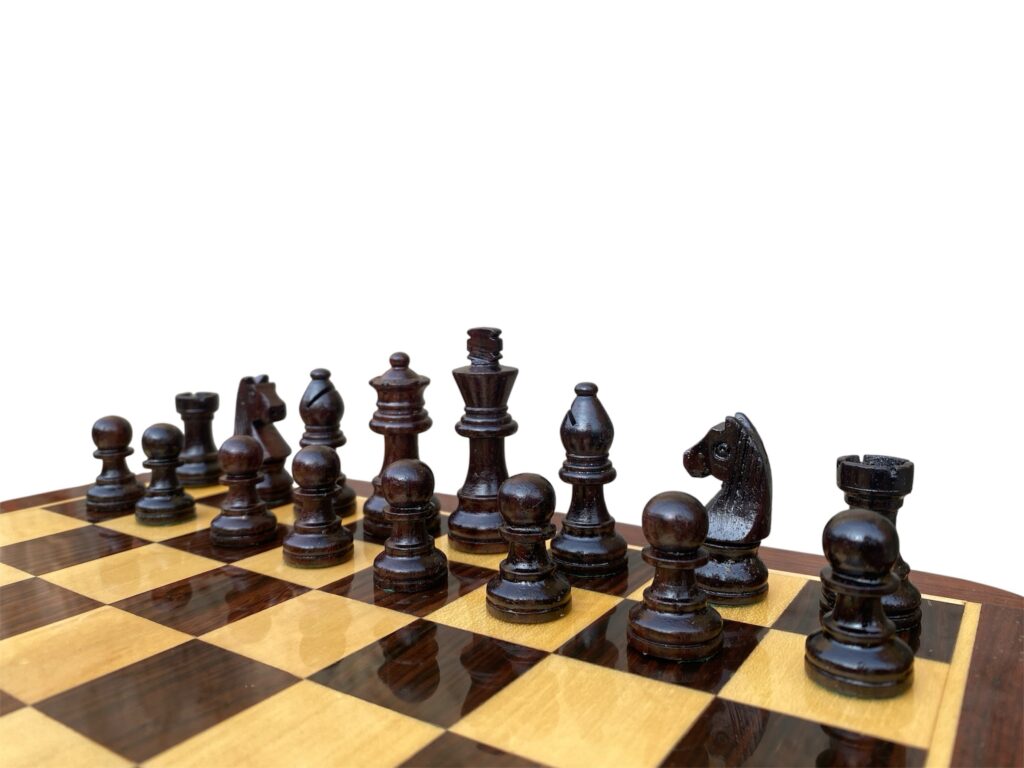
Advanced Strategies: Professional Polish
For the serious player, the Italian Game offers a deep well of advanced strategies. These are not about specific move sequences but about understanding the deeper positional nuances.
- The Ruy Lopez Bishop: A common maneuver for White is to retreat the bishop from c4 to c2 after a timely a6 by Black. This is not a retreat of shame, but a strategic repositioning. The bishop on c2 maintains pressure on the d4 square, supports a future d4 push, and can later become a powerhouse on the b1-h7 diagonal if the board opens up. This idea, borrowed from the Ruy Lopez, demonstrates the modern, nuanced approach to the Italian Game.
- Harnessing the Pin: A powerful and common tactic is to use a pin with your bishop. A move like Bg5 pins Black’s knight on f6 to their queen, creating significant pressure and tactical opportunities. Understanding when and how to exploit such pins is a hallmark of a strong Italian Game player.
- Endgame Transition: The Italian Game can often lead to symmetrical pawn structures in the middlegame, which can transition smoothly into the endgame. A professional player knows how to leverage minor advantages—a better pawn structure, a more active king, or a slight space advantage—to grind out a win in the final stages of the game.
The Ultimate Chess Experience
To truly appreciate the Italian Game, you need a set that matches its elegance and strategic depth. Playing on a high-quality set enhances the experience, allowing you to focus on the game itself.
Imagine your hand gliding over the smooth surface of a golden rosewood chess board. Its dark squares, crafted from the finest Golden Rosewood, provide a striking contrast to the lighter squares, creating a visually stunning backdrop for your game. The board’s solid weight and feel speak of its quality and durability.
Complementing this board are the 2.25” STAUNTON ROSEWOOD MAGNETIC CHESS PIECES. The Staunton design is the international standard for a reason: each piece is perfectly proportioned, instantly recognizable, and easy to handle. The “Rosewood” in the name refers to the dark pieces, which are made from this beautiful, dense, and durable wood. The magnetic feature ensures that even during fast-paced blitz games or a quick study on the go, your pieces will remain in place, ready for the next brilliant move.
Conclusion
The Italian Game is more than just an opening; it’s a philosophy of chess. It teaches the importance of solid fundamentals, balanced development, and strategic thinking over cheap tricks. From the calm and patient lines of the Giuoco Pianissimo to the explosive attacks of the Evans Gambit, this opening offers a path to victory for every style of play.
So, set up your board, feel the quality of your premium chess pieces, and prepare to embark on a journey of strategy, skill, and mastery. The Italian Game awaits, and with these techniques, you are well on your way to conquering the 64 squares.


